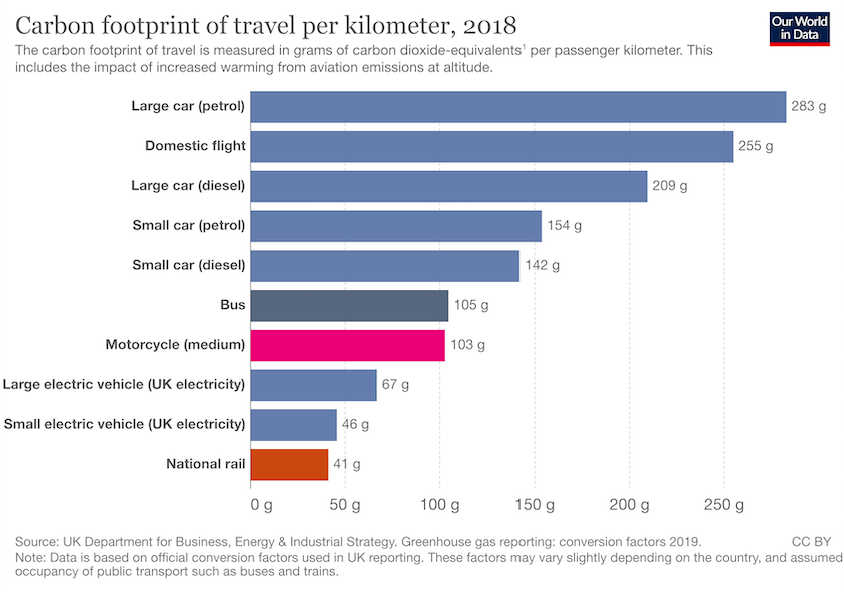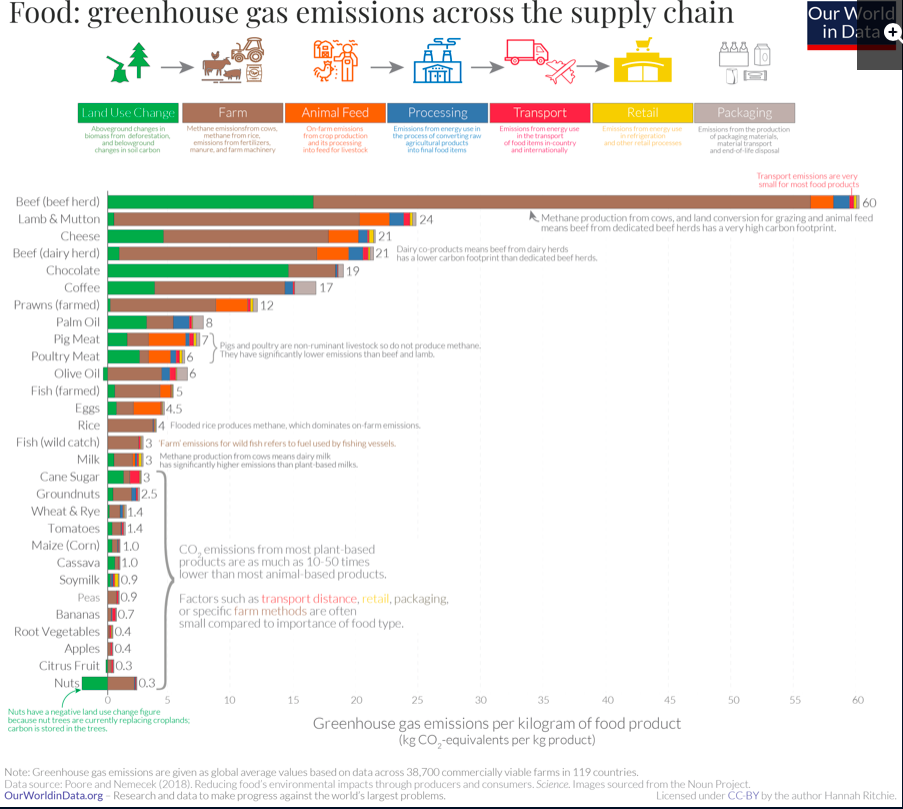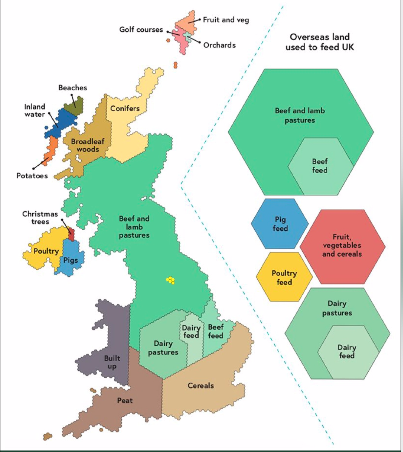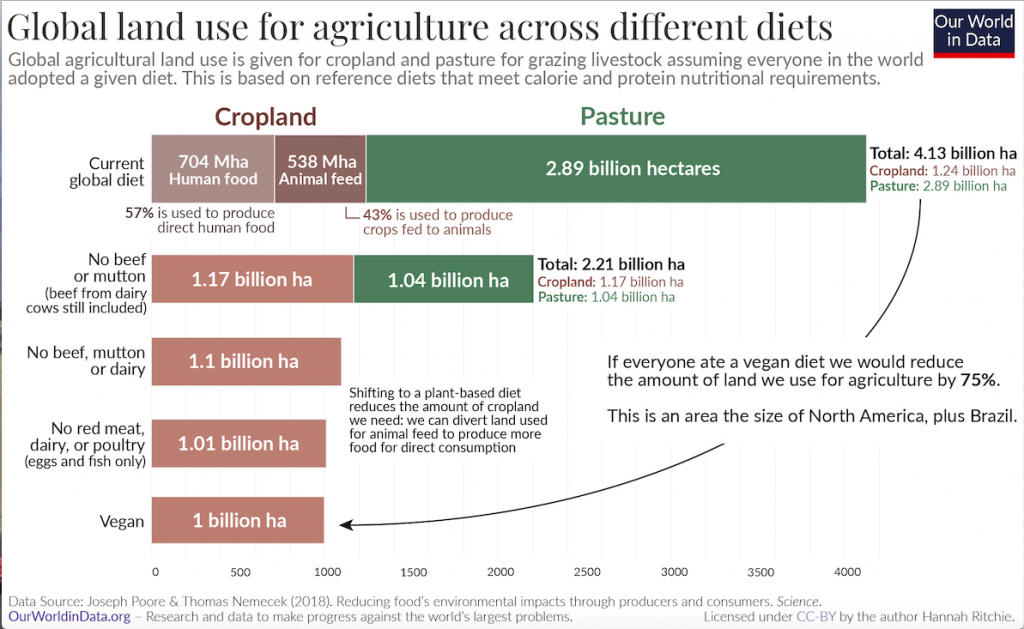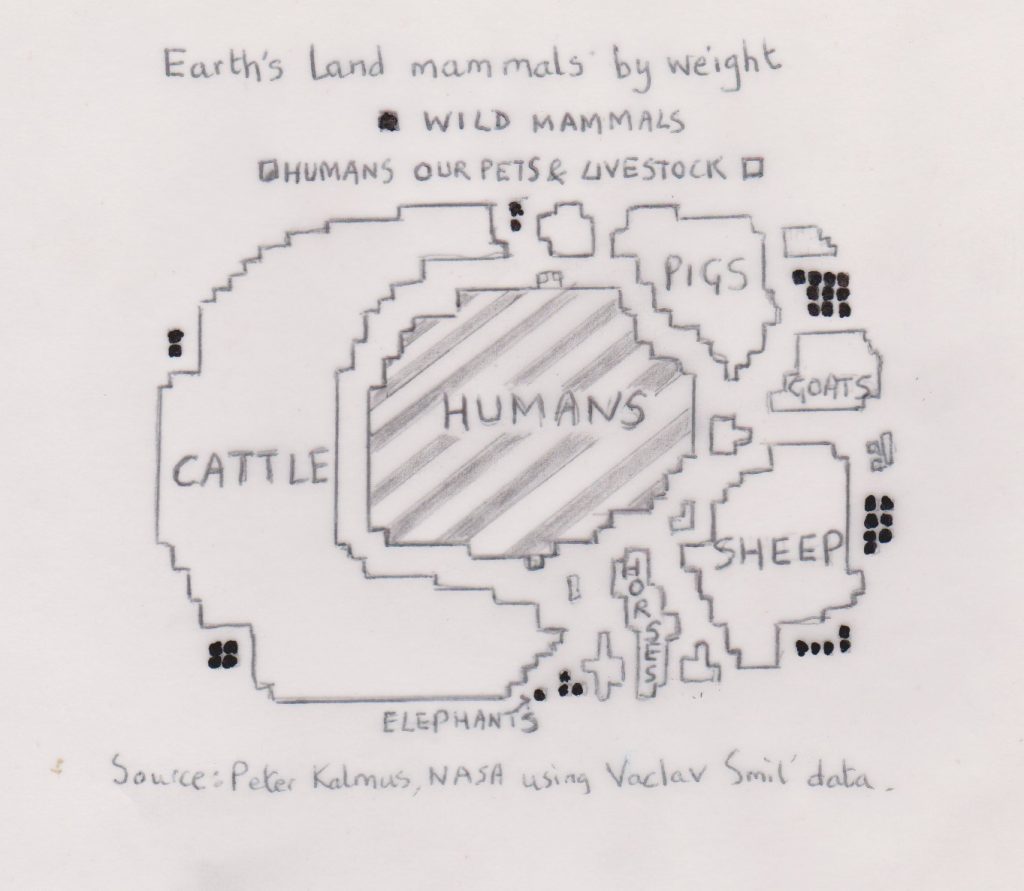The Science is Clear: No New Oil & Gas
The climate crisis is here, and its deadly impacts will escalate rapidly. The summer was packed with weather anomalies, but some were so abnormal they sent a wave of consternation through the scientific community. Unsurprisingly, 82% of UK adults are now concerned about climate change and there is majority support across all voting groups for the UK to reduce its emissions to Net Zero by 2050. Two thirds of voters polled said they’d be proud to support a party which was in favour of generating more electricity from renewables such as solar and wind.
Yet our government has recently granted 100 new licenses for oil and gas in the North Sea; the (false) arguments in favour of doing so are rife with misinformation, as follows.
| Myths | Realities |
| Oil companies aid the transition to cleaner energy X | Only ~ 1% of major fossil fuel companies’ spending goes towards low carbon energy |
| New oil and gas will create good jobs X | Jobs in North Sea oil and gas are already at risk due to dwindling supplies |
| Carbon capture technology means we can keep burning fossil fuels X | Emissions from new fossil fuels dwarf those proposed to be captured by technologies unproven to work at scale |
| No new oil would increase bills X | Renewables now offer significantly better value and stability than fossil fuels |
| New oil provides energy independence X | UK licences do not guarantee UK supply (most gets exported) |
| Decarbonising our energy supply will cost too much X | NOT decarbonising rapidly costs MUCH more |
| No new oil means turning the taps off overnight X | Existing reserves and production are available as we transition; it takes an average of 28 years from licence to production by which time we have to be net zero. |
The latest progress report from the government’s own Climate Change Committee is that there is a “lack of urgency” and “loss of leadership” being shown in relation to the UK’s climate commitments.
So, where do you and I come in? Well, everyone needs to stop making excuses or blaming others and instead start taking greater responsibility for our children’s and our own future – in our interactions with politicians, and in opting for ethical and sustainable alternatives to each and every aspect of our daily lives: our money; travel; holidays; food; you name it…
This graphic shows how we escape the “Climate Blame Game” that’s failing us, with “Climate Leadership at all Levels”.
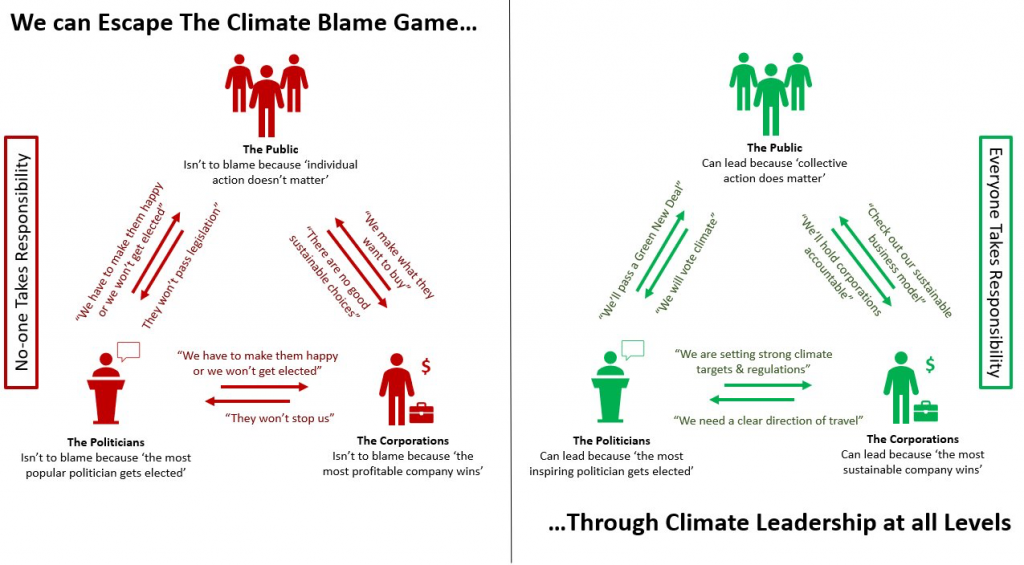
Here’s One New Thing To Do for our Future: add your voice against new oil and gas – write to our MP Sarah Dyke and the Rt Hon Clare Coutinho MP, The Secretary of State for Energy Security and Net Zero at the Ministerial Correspondence Team, 1 Victoria Street, London, SW1H 0ET. Emails: claire.coutinho.mp@parliament.uk sarah.dyke.mp@parliament.uk


